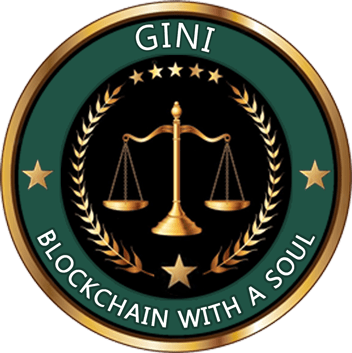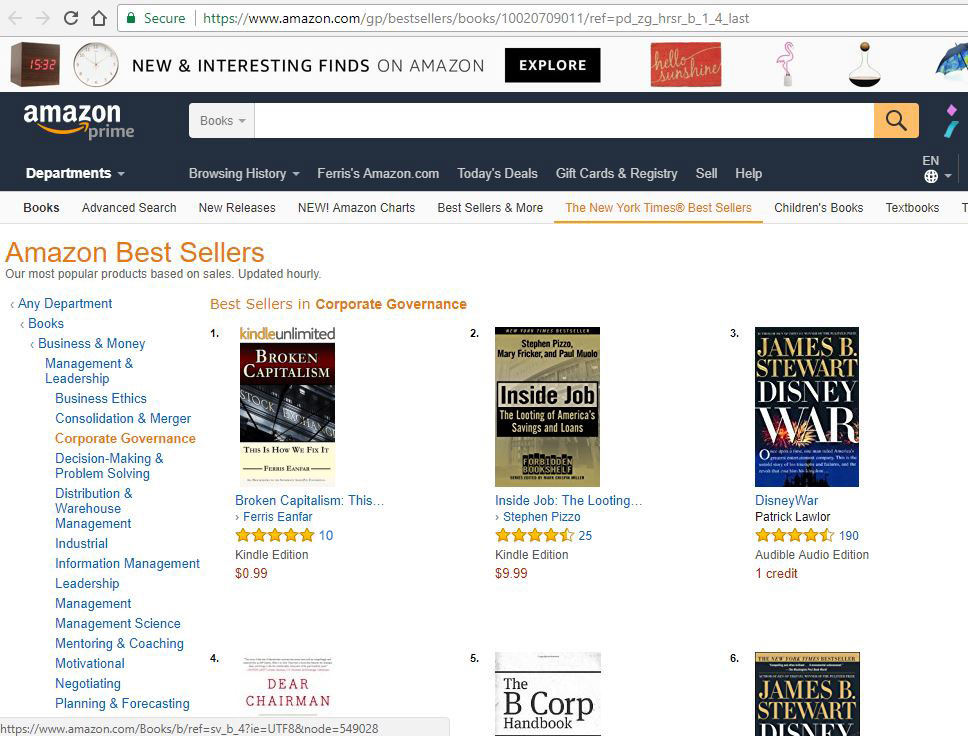While working on significant technical, economic, and geopolitical projects over the years, I’ve developed several mental frameworks that help to create clarity whenever I’m confronting a significant challenge. Most challenges in life are magnified by irrational fear and self-consciousness, but those are just symptoms of a deeper issue: Lacking the ability to visualize a goal and marshaling the internal and external resources to transform a vision of the future into a present reality. With that in mind, I developed the mental framework below, which might be useful to others.
“I see it. I feel it. I believe it. Get it done.” This deceptively simple affirmation contains all the most powerful psychological ingredients to propel a person through even the longest, most challenging marathons in our personal and professional lives. The power of this affirmation is derived from the following.
“I see it.” This is really about visualization. Visualization is the most powerful form of preparation in any endeavor because it enables our conscious and subconscious minds to practice the actions required to succeed over and over until they become mental habits. Every step toward the goal–even down to the most seemingly trivial detail–is visualized by the most successful people because they know that the more detailed the visualization is, the more authentic their mental practice will be.
80–90% of Human Performance is Mental. Most people know that human performance in any area of life is approximately 80–90% mental. By the time we’re called to perform, those mental habits produced by detailed and continuous visualization manifest into natural and spontaneous execution of physical and mental tasks that would be far more difficult without the prior practice accomplished through visualization. The power of visualization has been proven time and again by the examples of athletes, entrepreneurs, concentration camp survivors, political leaders, civil rights activists and people with physical ailments and disabilities.
“I feel it.” To endure the long, lonely and stressful hours and the many sacrifices along the road to any significant success, a person must do more than just visualize. They must make an emotional connection to what they visualize. Visualization shows us where we need to go, but it’s our emotional connection to our goals that creates the energy necessary to reach the goal. Emotions are the fuel of the human condition; without emotions, human beings cannot achieve any sustainable sense of fulfillment. Without fulfillment and/or a visualized goal that is expected to bring future fulfillment, a person will always seek the path of least resistance, which is guaranteed to NOT be the path to long-term success because the path of least resistance is already crowded with millions of other aimless people who have no clear purpose for their lives.
“I believe it.” Visualizing it shows us the direction. Feeling it produces the energy to propel us toward the finish line. Believing it reinforces the goal and the long-term benefits of the goal in a way that helps us to intellectually justify the time, expense and sacrifices that we’re making to achieve the goal. Without the rational understanding of WHY we’re working so hard AND that the goal is truly within reach, all the visualization and emotion in the world will only amount to an elaborate self-delusion. The reason is that to accomplish any significant goal we must be able to effectively communicate that goal to others who often must help us in various ways. These people include customers, investors, teammates, employees, politicians, law enforcement, the media and many other constituencies that must see our vision as worthwhile and attainable. If we fail to communicate effectively to all these people, we will fail to garner the support of the people who may be essential to our success.
Communicating Credibly to Others. This is the part of entrepreneurship where most people fail. It’s relatively easy to visualize a goal and to genuinely feel an emotional connection to that goal, but it’s much more difficult to transfer that vision and emotion to other people in a convincing way. This is because it requires much more than the transference of enthusiasm (although that’s important). It also requires tangible evidence of a need for the goal, specific benefits that other people will receive if they support the goal, and reasonable evidence that the goal can be achieved. This evidence cannot be pulled out of thin air or fabricated from the minds of the visionaries. The evidence must be independently verifiable in terms that other people can appreciate to add credibility to the vision. Only through a rigorous intellectual analysis of specifically why and how we will achieve our goals can we truly develop a belief rooted in reality that can be credibly communicated to other important stakeholders and supporters.
“Get it done.” This is a simple call to action that moves us from “seeing,” “feeling,” and “believing” to “doing” the things that are necessary to achieve our goals. Every effective form of persuasive communications–from sales to hostage negotiations to domestic and foreign policy initiatives–contains a call to action that propels people toward the goal. Affirmations are about communicating persuasively to ourselves; and like all other persuasive communications, after we visualize the goal, feel the emotional connection to it and develop a firm belief in the vision, now it’s time for us to take action and get it done.
About Ferris Eanfar
Ferris Eanfar has over 20 years of experience in technical, financial, media, and government intelligence environments. He has written dozens of articles and several books in the fields of Economics, Crypto-Economics, and International Political Economy, including Broken Capitalism: This Is How We Fix It and GINI: Capitalism, Cryptocurrencies & the Battle for Human Rights and the Global Governance Scorecard. Ferris is a cofounder of the Gini Foundation, which builds unique cryptocurrency systems to protect human rights, among other benefits; and the CEO of the AngelPay Foundation, a nonprofit financial services company with a mission to “return wealth and power to the creators of value.” To learn more about Ferris, please visit the About Ferris page.Visit Ferris on:

 Gini Website Coming Soon. We (
Gini Website Coming Soon. We (
